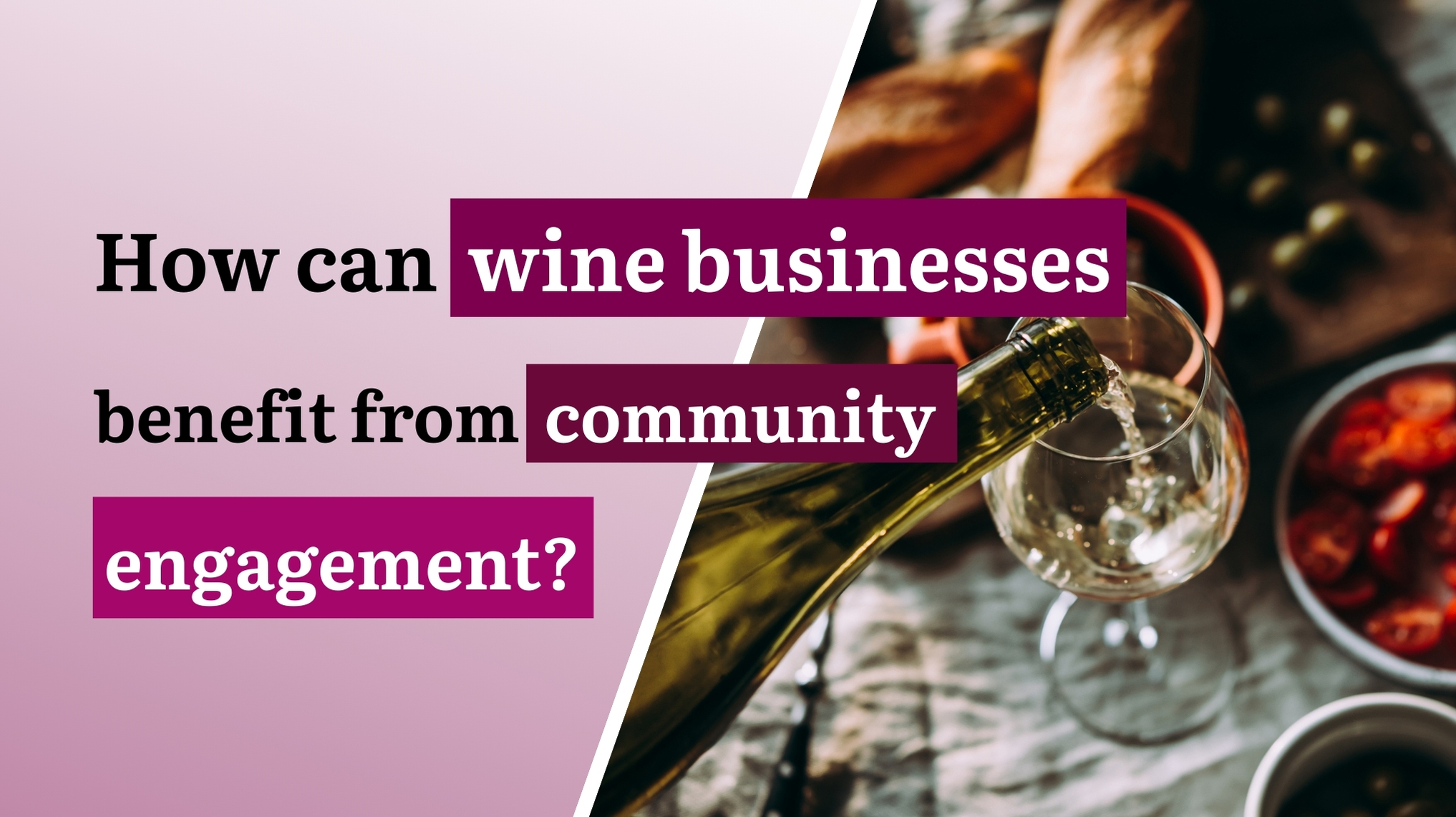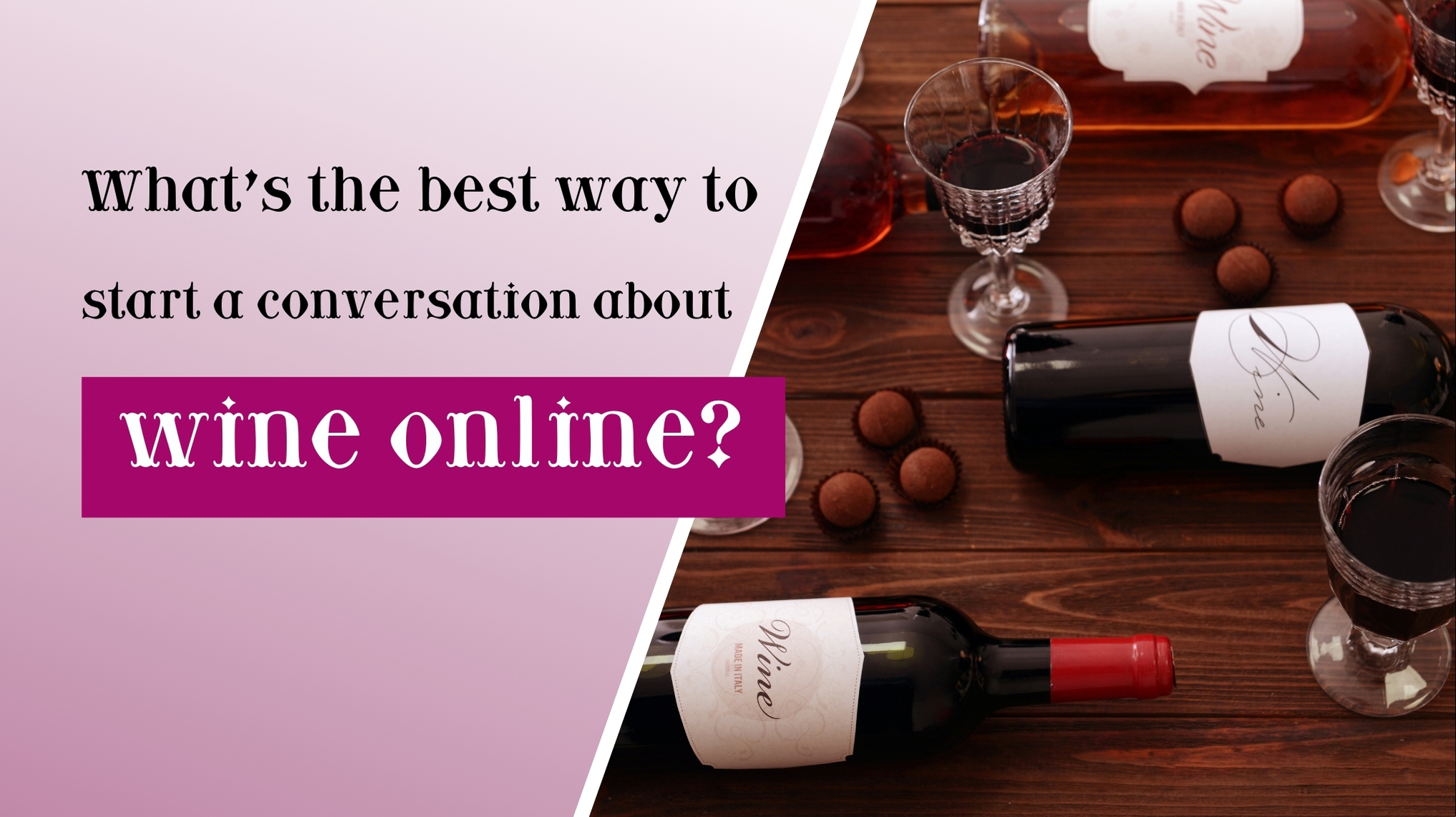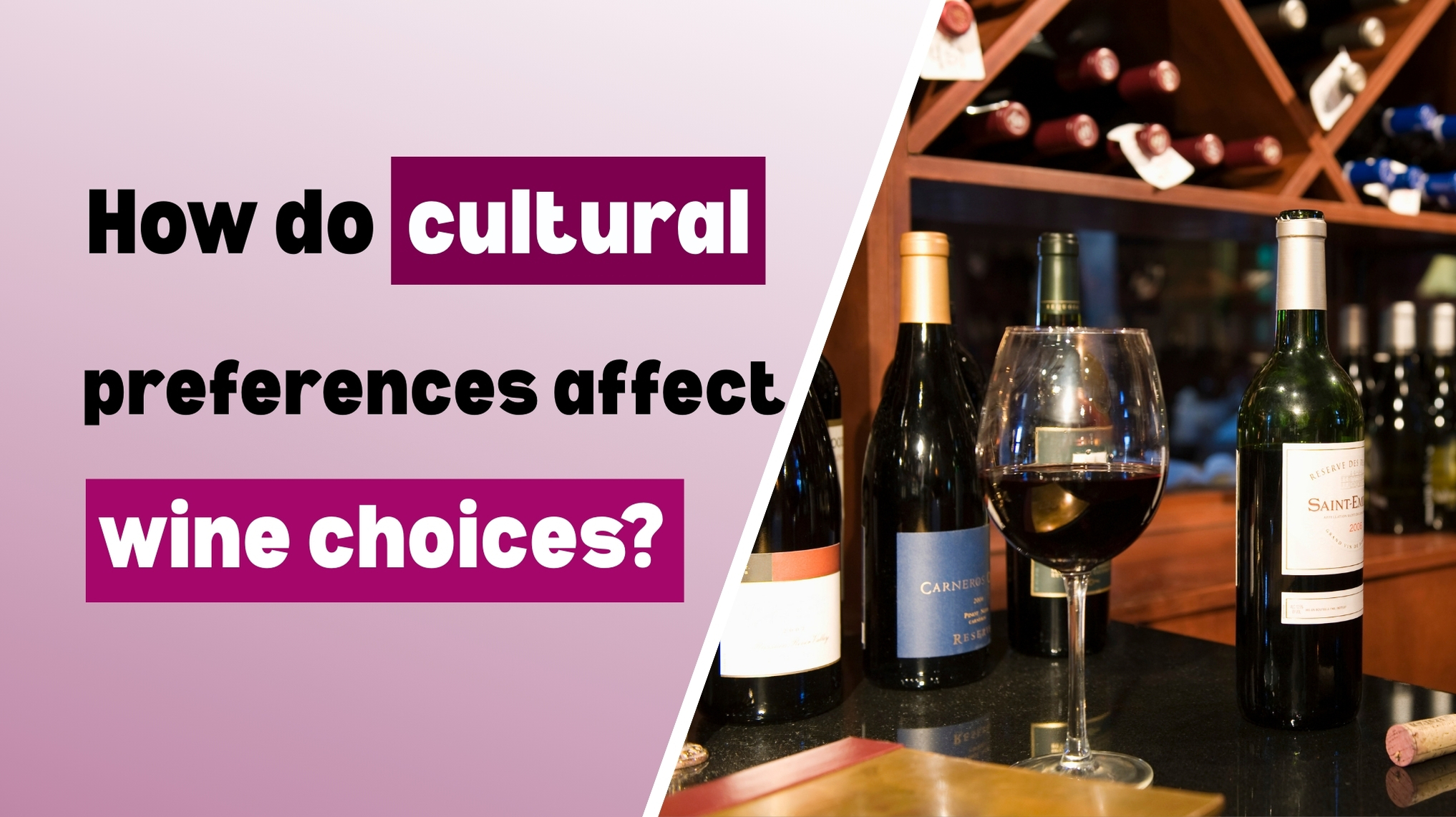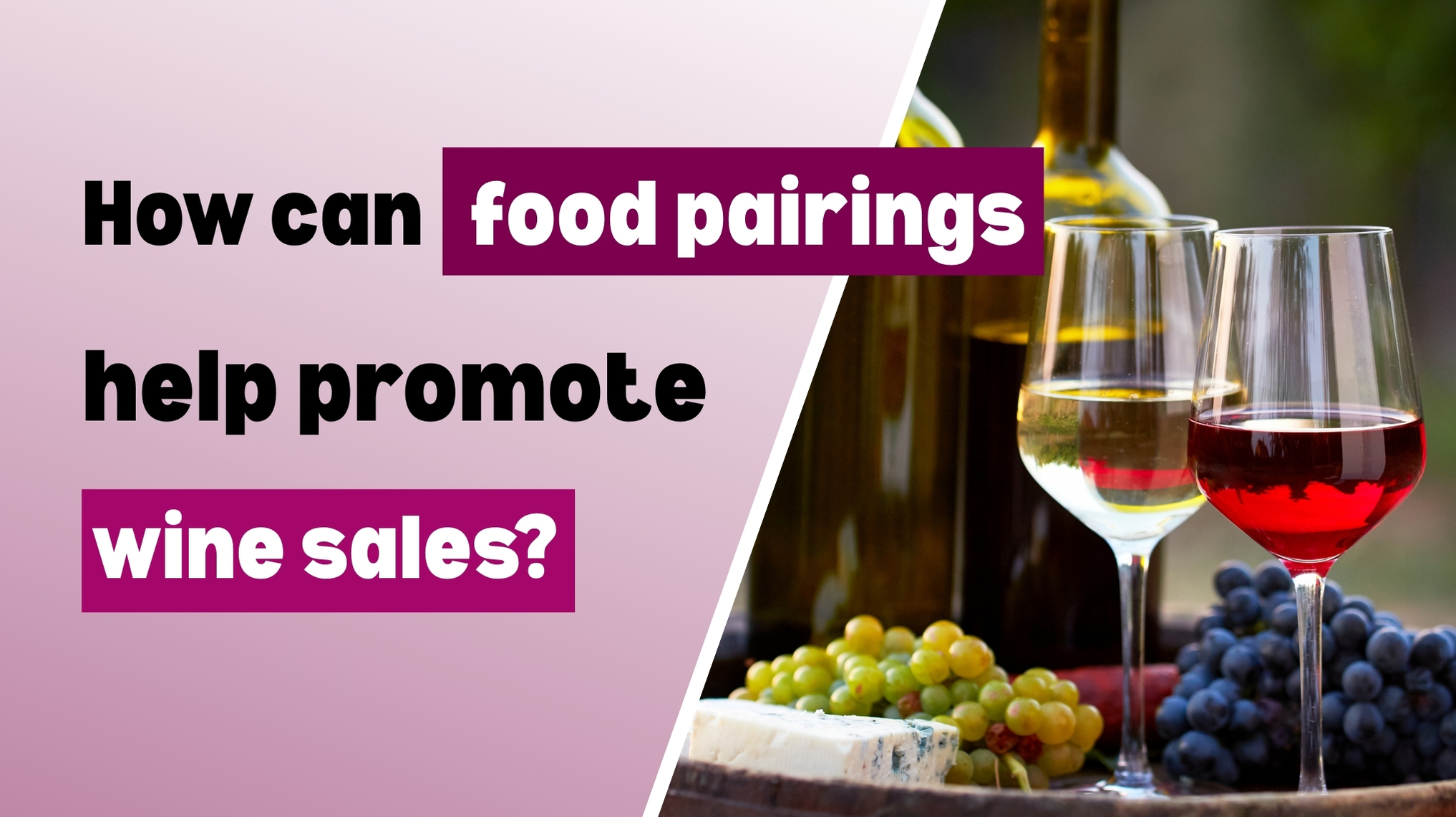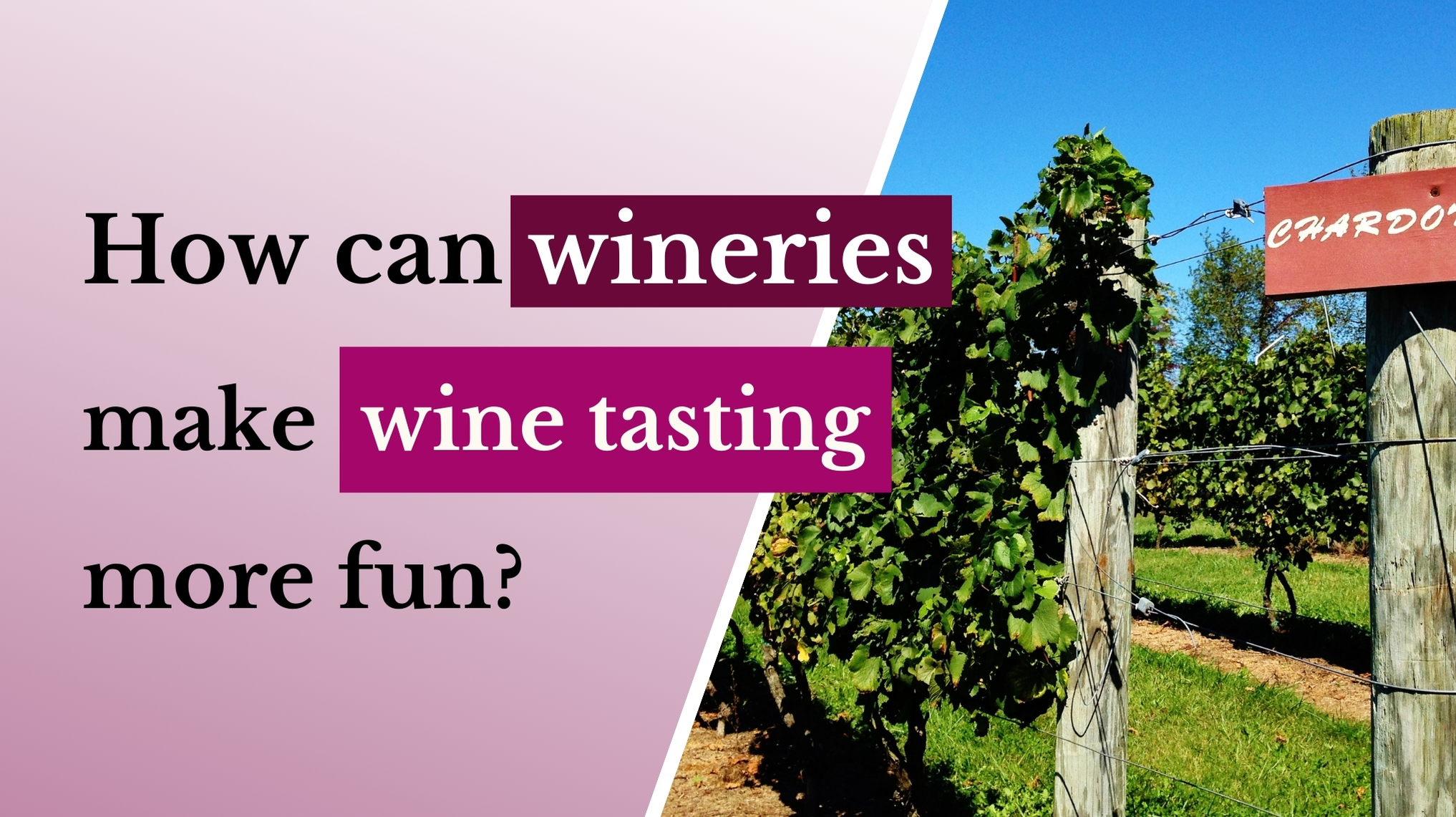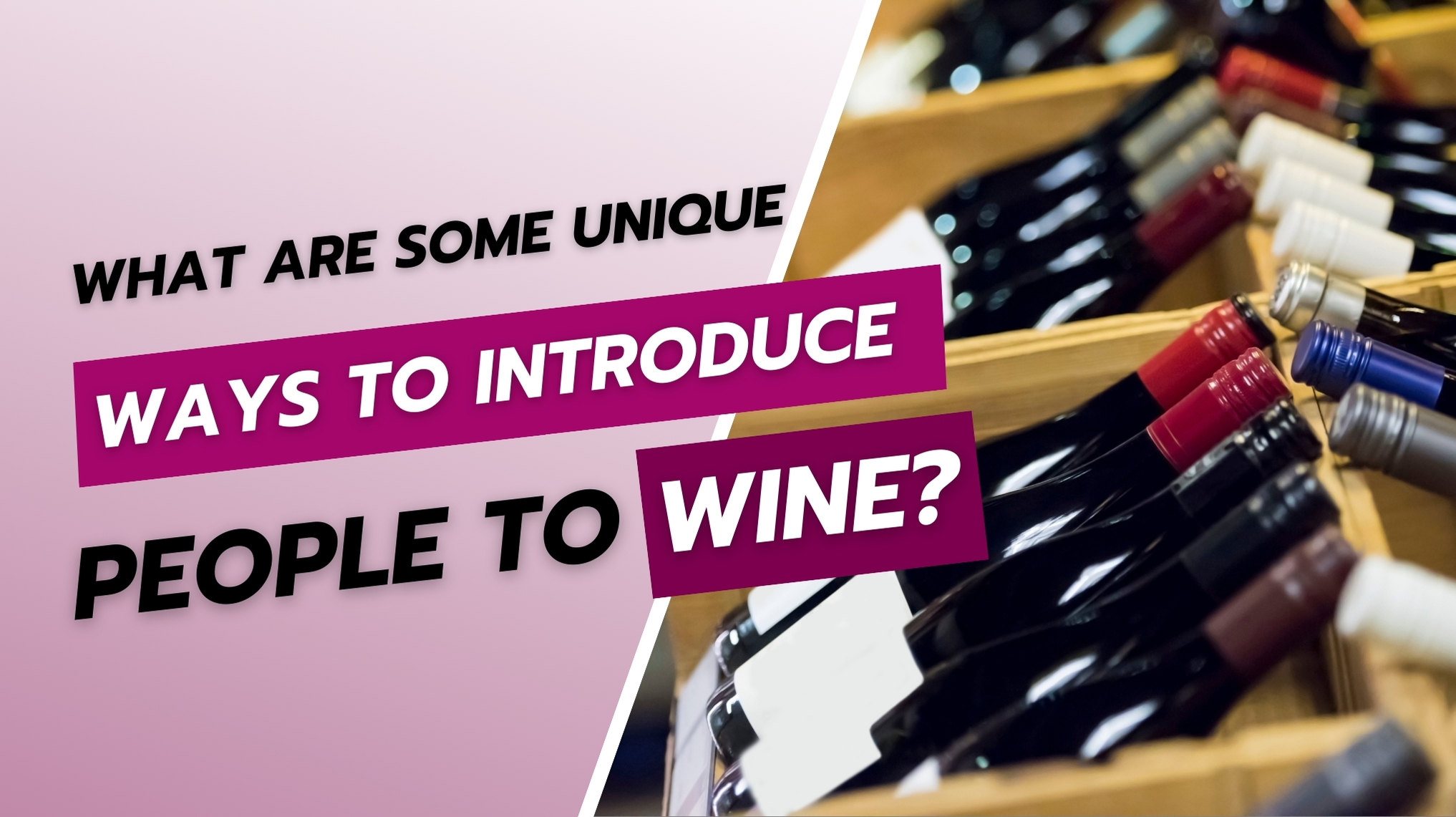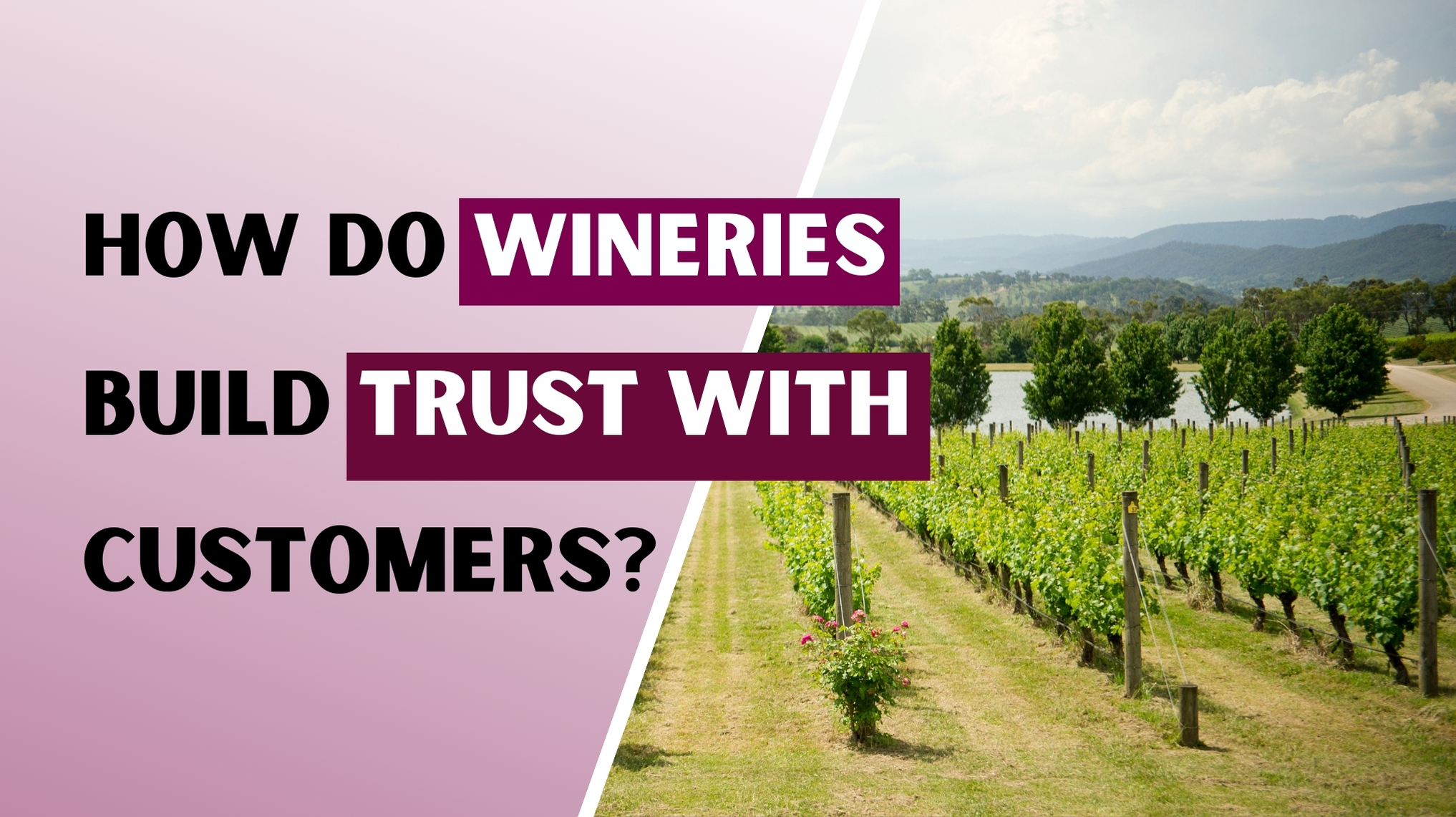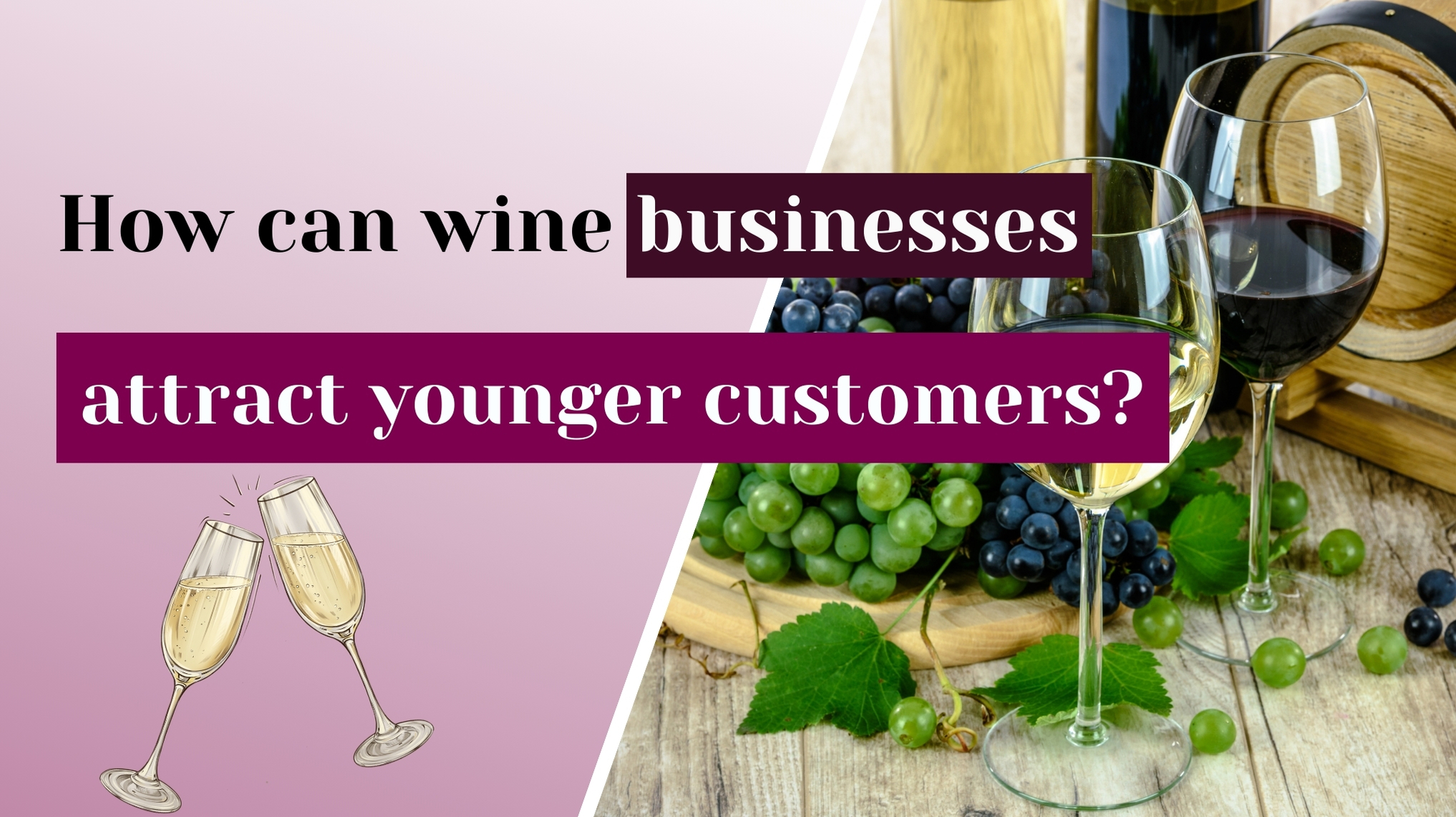Why Advertising Wine Online is So Complex?
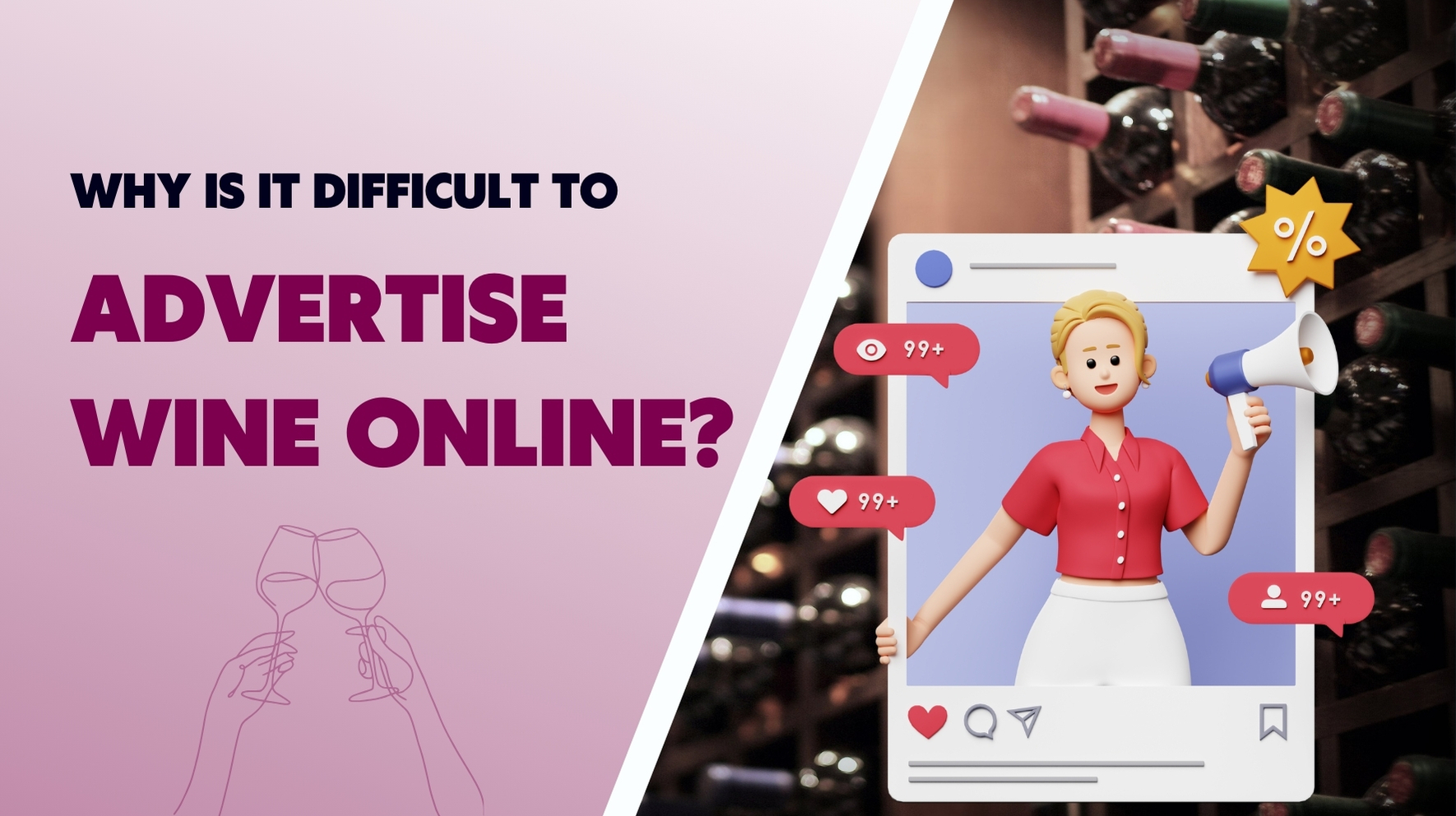
Why Advertising Wine Online is So Complex?
Advertising wine online sounds simple—but it’s actually quite tricky. Unlike clothes or gadgets, wine is an age-restricted product. That means wineries must follow strict laws, platform policies, and safety rules. They also face big challenges like avoiding underage audiences, creating legal ads, and competing in a crowded market.
Still, with the right tools and approach, wineries can succeed and stand out.
Understanding the Rules and Regulations
U.S. Federal Laws – TTB and FAA Act
In the U.S., wine ads must follow the rules of the Alcohol and Tobacco Tax and Trade Bureau (TTB) and the Federal Alcohol Administration (FAA) Act. The TTB doesn’t make wineries get approval for ads ahead of time, but it offers a review option to avoid mistakes. The FAA Act, especially Section 205(f), tells wineries what they can and can’t say in ads.
Social Media Platform Rules
Popular platforms like Meta (Facebook and Instagram) and Google Ads have their own rules for alcohol ads. For example:
Meta requires age targeting and country-based restrictions
Google allows alcohol ads only in approved countries
Some regions like India, Afghanistan, and Saudi Arabia don’t allow wine ads at all
If wineries don’t follow these rules, their ads could be blocked or their accounts suspended.
Voluntary Industry Guidelines
Groups like the Wine Institute, Beer Institute, and DISCUS (Distilled Spirits Council) also create voluntary rules. These aren’t laws, but they help brands stay responsible and avoid promoting unhealthy drinking. For example, ads should:
Never show or suggest drinking too much
Avoid showing minors
Include messages about responsible drinking
Age Verification and Targeting: A Tough Task
Wineries must make sure their ads only reach people old enough to drink (usually 21+ in the U.S.). But this is easier said than done.
Many websites just ask visitors to type in their birthday—but users can lie. New tools like:
Third-party ID checkers
AI-based systems
Even biometric scanning
are more accurate, but they’re also expensive.
Even if you use good tools, ad platforms like Facebook may still show wine-related interests for users under 18, which can cause problems for wineries.
Location Restrictions and Geotargeting
Some countries and even states ban alcohol ads altogether. That means wineries have to use geotargeting—a tool that shows ads only in allowed areas. This helps follow the rules but adds extra cost and complexity.
Content and Ad Design Rules
What You Can’t Say or Show in Ads
Ad platforms have a long list of don’ts. Wine ads can’t:
Say alcohol makes you happy or successful
Show or suggest binge drinking
Include minors or cartoons that appeal to kids
Suggest health benefits like “heart-healthy wine”
Breaking these rules can get your ad rejected.
Staying Creative While Staying Compliant
Despite all these rules, wineries can still make great ads. Focus on:
Your vineyard’s story
The craft behind your wine
Visuals of your winery (not people drinking)
It’s smart to have a legal team or compliance expert review your ads before posting.
The Cost of Advertising Wine Online
Tools, Legal Reviews, and Professional Help
Age verification tools alone can cost $0.50 to $2 per user. Legal help, software subscriptions, and certifications (like Meta’s alcohol advertiser badge) also add to the bill.
Production Costs for Quality Ads
Great ads need great visuals—photos, videos, and design. Hiring professionals helps, but also adds cost.
Dealing with Competition and Market Saturation
With over 50,000 wineries worldwide, the digital market is packed. Ads must compete with thousands of other wine brands. This leads to:
Higher costs for clicks
Lower recall (people forget ads quickly)
More pressure to stand out
Consumer Behavior and Fragmented Journeys
Wine lovers don’t just shop in one place. They research:
On social media
In email newsletters
On blogs and review sites
Through online stores
Wineries must show up everywhere with a consistent brand message, which takes time and effort.
Turning Obstacles into Opportunities
Storytelling Instead of Selling
Instead of hard-selling, tell stories. Use videos and posts that highlight:
How the wine is made
Interviews with winemakers
The history of your vineyard
This keeps you compliant and builds trust.
Influencers and UGC to the Rescue
Micro-influencers (people with 5K–50K followers) can share your wine naturally. This often skips the strict ad rules. Ask customers to post using a branded hashtag like #YourWineryName.
Virtual Tastings and Live Events
Host Instagram Live or Facebook Live tastings. This creates excitement and helps people engage without needing paid ads.
Smart Audience Retargeting
Use your email list or customer database to show ads only to verified adults. This reduces risk and boosts return on investment.
Staying Compliant and Informed
Check platform rules often. Sign up for TTB updates. Follow wine industry forums to keep up with changes.

